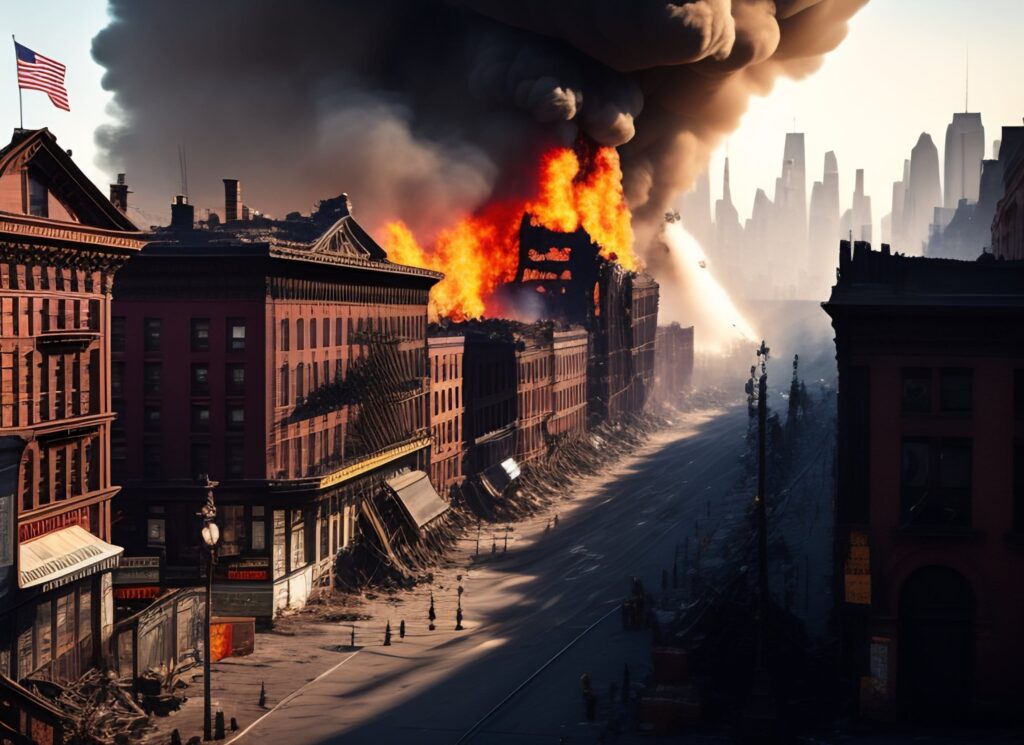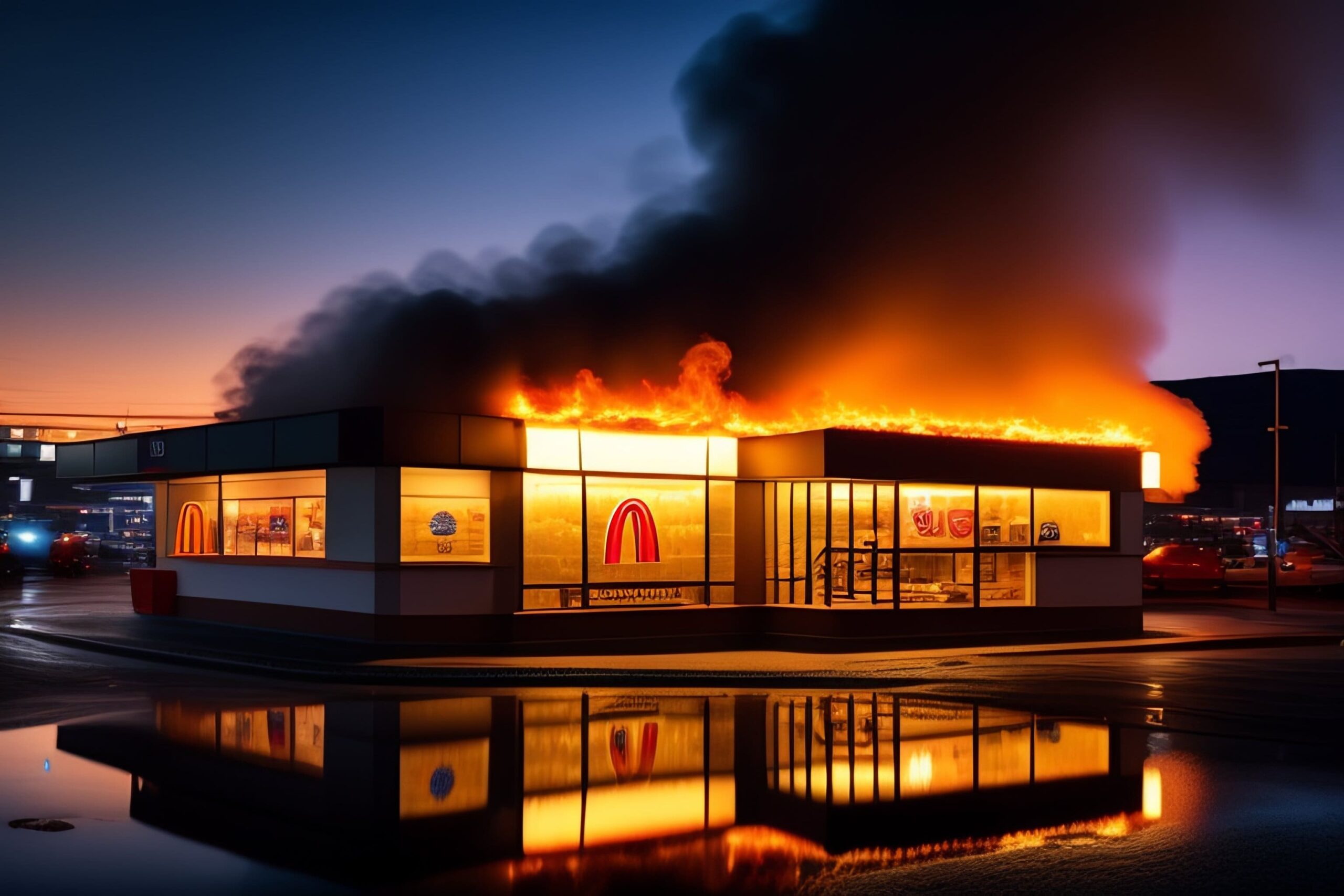Understanding Comprehensive Fire Insurance: A Comprehensive Guide
Fire incidents can occur unexpectedly, causing significant damage to properties and belongings. To mitigate the financial losses associated with such events, comprehensive fire insurance plays a vital role. This comprehensive guide aims to shed light on the intricacies of fire insurance, providing valuable insights into its coverage, benefits, and important considerations.
What is Comprehensive Fire Insurance
Comprehensive fire insurance is a type of insurance policy designed to provide financial protection to property owners in the event of fire-related damages. This policy offers coverage for a wide range of fire-related perils, including fire, smoke, explosions, and their aftermath.
With comprehensive fire insurance, the physical structure of the insured property is protected, as well as the contents and personal belongings within it. This means that in the unfortunate event of a fire, the policyholder can receive compensation to repair or rebuild the damaged structure, replace damaged or destroyed possessions, and cover additional living expenses if the property becomes uninhabitable.
The coverage offered by comprehensive fire insurance extends beyond the direct damage caused by fire. It often includes provisions for related perils such as water damage from firefighting efforts or smoke damage. Some policies may also provide liability protection, safeguarding property owners against legal claims if someone is injured or their property is damaged due to a fire on the insured premises.
Premiums for comprehensive fire insurance are determined based on various factors, including the value of the property, fire safety measures implemented, geographic location, construction materials used, and the property’s claims history. It is important for property owners to carefully review the policy terms, including exclusions and limitations, to ensure they have adequate coverage for their specific needs.
Comprehensive fire insurance provides peace of mind and financial security, allowing property owners to recover and rebuild after a fire incident without facing significant financial burdens.

Coverage Offered by Comprehensive Fire Insurance
Property Damage: This includes the structure of the insured property, such as the building, walls, roof, and fixtures. It also covers external structures like garages and sheds.
Contents Coverage: Comprehensive fire insurance extends coverage to the contents inside the insured property, including furniture, appliances, electronics, clothing, and other personal belongings.
Additional Living Expenses: In the event of fire damage rendering the property uninhabitable, comprehensive fire insurance may cover temporary living arrangements and associated expenses.
Liability Protection: Comprehensive fire insurance policies often include liability coverage, protecting property owners from legal claims if someone is injured or their property is damaged due to a fire on the insured premises.
Factors Influencing Comprehensive Fire Insurance Premiums
Property Value: The value of the insured property, including the building and its contents, affects the premium. Higher property values generally result in higher premiums.
Fire Safety Measures: The presence of fire safety systems, such as smoke detectors, fire alarms, sprinklers, and fire extinguishers, can lead to lower premiums. These measures reduce the risk of fire damage.
Geographic Location: The location of the property plays a significant role in determining premiums. Areas prone to wildfires or with a history of high fire incidents may have higher premiums.
Construction Materials: The type of construction materials used in the property’s structure can influence premiums. Fire-resistant materials may result in lower premiums due to decreased fire risk.
Claims History: Previous fire-related claims can impact the premium calculation. Properties with a history of claims may face higher premiums due to increased risk perception.
Exclusions and Limitations
It is crucial to understand the exclusions and limitations of a comprehensive fire insurance policy. While the specifics may vary between policies and insurers, common exclusions include intentional damage, acts of war, nuclear accidents, and natural disasters such as earthquakes and floods. Additionally, policies may have limitations on coverage for valuable items like jewelry and artwork. Reviewing these aspects is essential to ensure adequate coverage.
Steps to Obtain Comprehensive Fire Insurance
To acquire comprehensive fire insurance, follow these general steps:
Research Insurers: Look for reputable insurance companies with experience in fire insurance and a good track record of customer satisfaction.
Assess Coverage Needs: Evaluate the value of your property, including the structure and contents, to determine the necessary coverage amount.
Obtain Quotes: Request quotes from multiple insurers to compare premiums and coverage options. Consider the deductible, policy limits, and additional benefits provided.
Review Policy Terms: Carefully review the terms, conditions, and exclusions of each policy. Seek clarification from the insurer on any unclear points.
Finalize the Policy: Once you’ve selected a policy, complete the necessary paperwork, pay the premium, and obtain your comprehensive fire insurance coverage.
Comprehensive fire insurance is a vital protection mechanism for property owners against fire-related incidents and their financial consequences. By understanding the coverage offered, factors influencing premiums, exclusions, and the necessary steps to obtain a policy, individuals can make informed decisions to safeguard their properties and belongings. Remember to consult with insurance professionals to ensure specific needs are met. Protecting against fire damage is a responsible choice that brings peace of mind and financial security.
Disclaimer: The information provided for general informational purposes only and should not be considered as professional advice. Insurance policies and coverage may vary depending on the insurance provider and individual circumstances. It is recommended to consult with a qualified insurance professional for personalized guidance and advice regarding fire insurance.
FAQs
What is comprehensive policy?
Broad vehicle insurance contract that covers gambles with connected with own harms supported by the protected vehicle.
Who is third party in insurance?
Petitioner or individual who raises a case for harms brought about by the principal party.
What are the benefits of comprehensive insurance?
Exhaustive strategy covers harm to the vehicle because of mishaps, vehicle burglary, misfortunes to an outsider, harm to the vehicle because of regular harms, individual wounds or demise caused in a mishap, harms caused in a fire.
What is zero depth insurance?
A zero dep cover is an extra in vehicle protection under which we won’t charge you for devaluation during the case settlement. In basic words, you are not expected to pay for the devaluation cost while making a case.
What are the three elements of fire insurance?
Coming up next are the standards of fire protection: Insurable Interest in fire protection. The rule of Pure intentions in fire protection. The guideline of indemnity.

